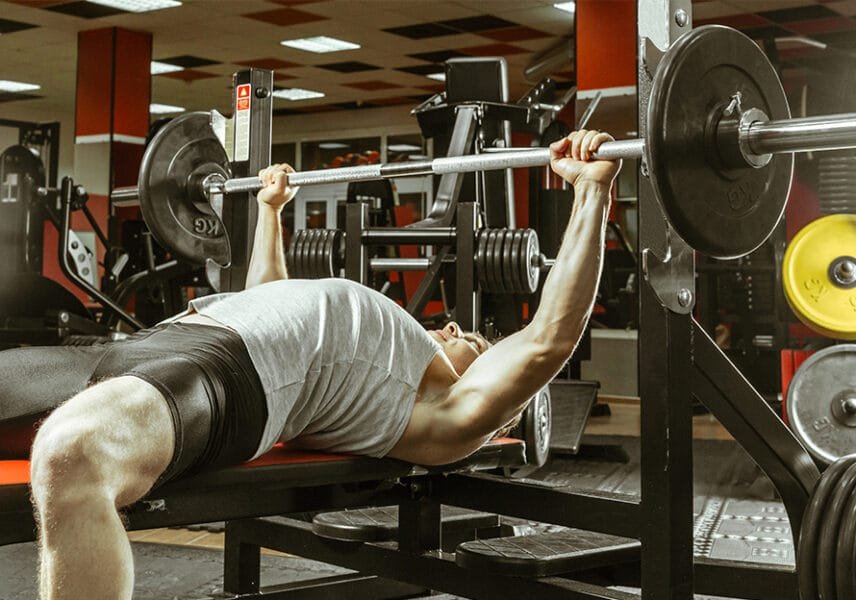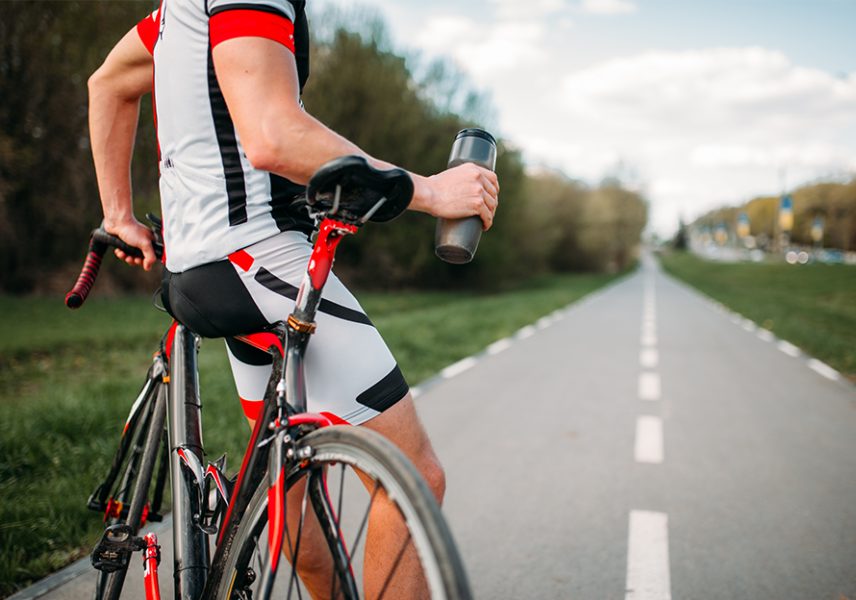How to improve VO2max: tips for training in cycling
What is VO2max
Many people wonder how to increase their VO2max, looking for training tips for cycling and running. Let’s start with a definition: VO2max? Is the maximum amount of oxygen our body is able to use to produce energy. In this sense, everything we say about VO2max should be understood as oriented towards improving a limit, a process that requires the right attention and physical preparation. It is always best to be followed by a competent trainer!
Let’s start by saying something about the mental approach: repetitions, which we are going to talk about, are a strenuous exercise and should be included in a broader training plan. Point two, if you train at home on rollers or on the treadmill in the case of runners; it is best to vary to make the training always stimulating for the mind as well.
VO2 max is a genetic characteristic
VO2max is a genetically determined value. The American College of Sports Medicine (ACSM) has in fact managed to identify what the average VO2max values are for each age and sex. These tables make it possible to compare age with the biological performance of each individual and sportsman. These differences, however, also show that VO2max can be trained, so if we feel our athletic capacity is insufficient, let us not despair!
men (ml/kg/min) | ||||||
| rating | 18-25 | 26-35 | 36-45 | 46-55 | 56-65 | 65+ |
| excellent | > 60 | > 56 | > 51 | > 45 | > 41 | > 37 |
| good | 52-60 | 49-56 | 43-51 | 39-45 | 36-41 | 33-37 |
| above average | 47-51 | 43-48 | 39-42 | 36-38 | 32-35 | 29-32 |
| average | 42-46 | 40-42 | 35-38 | 32-35 | 30-31 | 26-28 |
| below average | 37-41 | 35-39 | 31-34 | 29-31 | 26-29 | 22-25 |
| poor | 30-36 | 30-34 | 26-30 | 25-28 | 22-25 | 20-21 |
| very poor | < 30 | < 30 | < 26 | < 25 | < 22 | < 20 |
women (ml/kg/min) | ||||||
| rating | 18-25 | 26-35 | 36-45 | 46-55 | 56-65 | 65+ |
| excellent | > 56 | > 52 | > 45 | > 40 | > 37 | > 32 |
| good | 47-56 | 45-52 | 38-45 | 34-40 | 32-37 | 28-32 |
| above average | 42-46 | 39-44 | 34-37 | 31-33 | 28-31 | 25-27 |
| average | 38-41 | 35-38 | 31-33 | 28-30 | 25-27 | 22-24 |
| below average | 33-37 | 31-34 | 27-30 | 25-27 | 22-24 | 19-21 |
| poor | 28-32 | 26-30 | 22-26 | 20-24 | 18-21 | 17-18 |
| very poor | < 28 | < 26 | < 22 | < 20 | < 18 | < 17 |
VO2 max can be trained
It is believed that we can improve VO2 max by between 10% and 25% compared to the average values set for our age. Above all, we can improve the time for which we can sustain maximum effort in terms of oxygen consumption and raise the threshold beyond which we switch from aerobic to anaerobic metabolism. The latter is in fact the bar beyond which we begin to produce lactic acid and feel fatigue more.
How do I know what my VO2max is?
There are many ‘gadgets’ that can give us an estimate of all our physical parameters during training. Increasingly popular are smart and fit watches, fitness and running apps on mobile phones, and heart rate belts. Over the years, these devices and software have become more and more accurate, but are still able to return a value that can only be an approximation of VO2max, since it is a reconstruction based on an algorithm (equations between pulse, running pace, speed, etc.).
A laboratory test, which is recommended – due to its cost – for those who practise endurance sports with greater dedication or at a professional level, will certainly be able to give us more precise values, using the spirometer under stress and taking place in a controlled environment. Normally, the subject is made to wear a mask to measure exhaled gases, a metabolimeter (a kind of backpack), while undergoing maximum intensity exertion on a treadmill or exercise bike. Whatever our starting value, let’s find out how to train our VO2max!
How to train VO2max: cycling
The greater our capacity to use oxygen, the greater our energy production, and therefore the better our performance. Some references: for those who use a power meter with power zones, we talk about Z5, i.e. 105% to 120% of your FTP; those who use a heart rate monitor will be working off threshold (aerobic). If we work indoors on rollers it will be easier to concentrate on the work. We can still do it on the road with a bit of attention to what we are doing and our surroundings (not just the cars, but of course the track).
Method 1 Workout 1 h ca.
- Warm-up: already include intensity variations in your warm-up and don’t limit yourself to a few minutes of cycling. VO2max training takes place at high intensity and we don’t want to hurt ourselves.
- Intensity: 110% FTP ca.
- 5* repetitions of 4 minutes each, interspersed with 3′ recovery time.
- 3 minutes recover where we continue with a light pedal stroke (if we are on the road we put on a walking gear).
Method 2 Training at increasing intensity
- As before, we try to arrive nice and warm because we are going to shoot.
- Intensity 110-120% FTP
- 5*Repetitions of 4′, 4:30′, 5:00′, 5:30′, 6:00′ each.
- Recovery as before, light pedalling, but 5 minutes or more.
Method 3 HIIT (High intensity interval training)
- Warming up
- Intensity 120% FTP or more
- 10*repetitions for 40 seconds with
- Recovery of 20”
Nutrition and VO2max
Repetitions are a tiring workout that should not find us in an energy deficit even before the start. Since the training sessions are no longer than an hour, we will simply carry a water bottle with us to hydrate ourselves and perhaps take some salt or carbohydrates depending on the season and individual condition. It is generally not necessary to carry a large quantity of carbohydrate gels during this type of training. If anything, we can take an energy supplement before the effort such as ATP BOOSTER 3.0.
VO2max is a parameter that revolves around our ability to utilise oxygen at a muscular level. This is why it can be useful to drink juice from red beet or take its derivatives in supplement form (arginine, citrulline, betaine etc.) as they help vascular transport, or use supplements based on Fructose 1-6, diphosphate as said. Of course, training comes first and supplementation can only help you on your own path, not do the work for you!
 21/02/22
21/02/22 6
6





